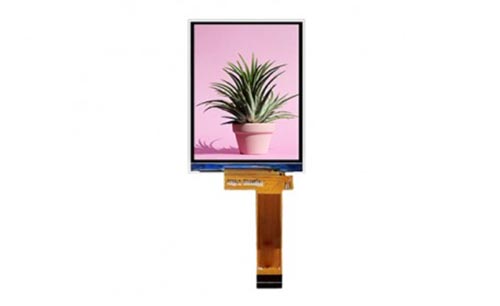What is the difference between LCD LED and TFT?
Views: 486 Update date: Jul 25,2024
Understanding the differences between LCD, LED, and TFT technologies is essential when choosing display devices like TVs, monitors, and smartphones. Here’s a breakdown of each term and their differences:
Components: The main components of an LCD are the liquid crystal cells, the backlight, and color filters.
Functionality: Light passes through the liquid crystals and color filters to create the visible image on the screen.
Advantages: LED backlighting provides better energy efficiency, thinner panels, improved brightness, and enhanced color accuracy compared to CCFLs.
Types: There are edge-lit LEDs, where LEDs are placed around the edges of the screen, and full-array LEDs, where LEDs are distributed behind the entire screen for more uniform lighting.
Functionality: Each pixel on a TFT display is controlled by one to four transistors. This allows for faster response times, better contrast, and more accurate color reproduction compared to standard LCDs.
Backlighting:
LCD: Uses CCFL or LED backlighting.
LED: A type of LCD that uses LED backlighting.
TFT: A technology used within LCDs for better control of pixels.
Image Quality:
LCD: Basic technology that can use different backlighting methods.
LED: Offers better energy efficiency, brightness, and color accuracy due to LED backlighting.
TFT: Provides higher resolution and better image quality compared to standard LCDs due to the use of thin film transistors.
Applications:
LCD: Used in basic display devices.
LED: Preferred for modern TVs, monitors, and laptops due to superior image quality.
TFT: Used in devices requiring high-resolution displays like smartphones and tablets.
In summary, while LCD is the general display technology, LED refers to the type of backlighting used in LCDs, and TFT is a specific technology within LCDs that enhances image quality.
LCD (Liquid Crystal Display)
Technology: LCDs use liquid crystals to display images. These crystals do not emit light directly; instead, they use a backlight.Components: The main components of an LCD are the liquid crystal cells, the backlight, and color filters.
Functionality: Light passes through the liquid crystals and color filters to create the visible image on the screen.
LED (Light Emitting Diode)
Technology: LED displays are a type of LCD. The difference lies in the backlighting: LEDs use light-emitting diodes instead of the traditional cold cathode fluorescent lamps (CCFLs).Advantages: LED backlighting provides better energy efficiency, thinner panels, improved brightness, and enhanced color accuracy compared to CCFLs.
Types: There are edge-lit LEDs, where LEDs are placed around the edges of the screen, and full-array LEDs, where LEDs are distributed behind the entire screen for more uniform lighting.
TFT (Thin Film Transistor)
Technology: TFT is a type of LCD that uses thin film transistor technology to improve image quality.Functionality: Each pixel on a TFT display is controlled by one to four transistors. This allows for faster response times, better contrast, and more accurate color reproduction compared to standard LCDs.
Common Use: TFT technology is commonly used in high-resolution displays like smartphones, tablets, and high-end monitors.
Key Differences
Backlighting:
LCD: Uses CCFL or LED backlighting.
LED: A type of LCD that uses LED backlighting.
TFT: A technology used within LCDs for better control of pixels.
Image Quality:
LCD: Basic technology that can use different backlighting methods.
LED: Offers better energy efficiency, brightness, and color accuracy due to LED backlighting.
TFT: Provides higher resolution and better image quality compared to standard LCDs due to the use of thin film transistors.
Applications:
LCD: Used in basic display devices.
LED: Preferred for modern TVs, monitors, and laptops due to superior image quality.
TFT: Used in devices requiring high-resolution displays like smartphones and tablets.
In summary, while LCD is the general display technology, LED refers to the type of backlighting used in LCDs, and TFT is a specific technology within LCDs that enhances image quality.




